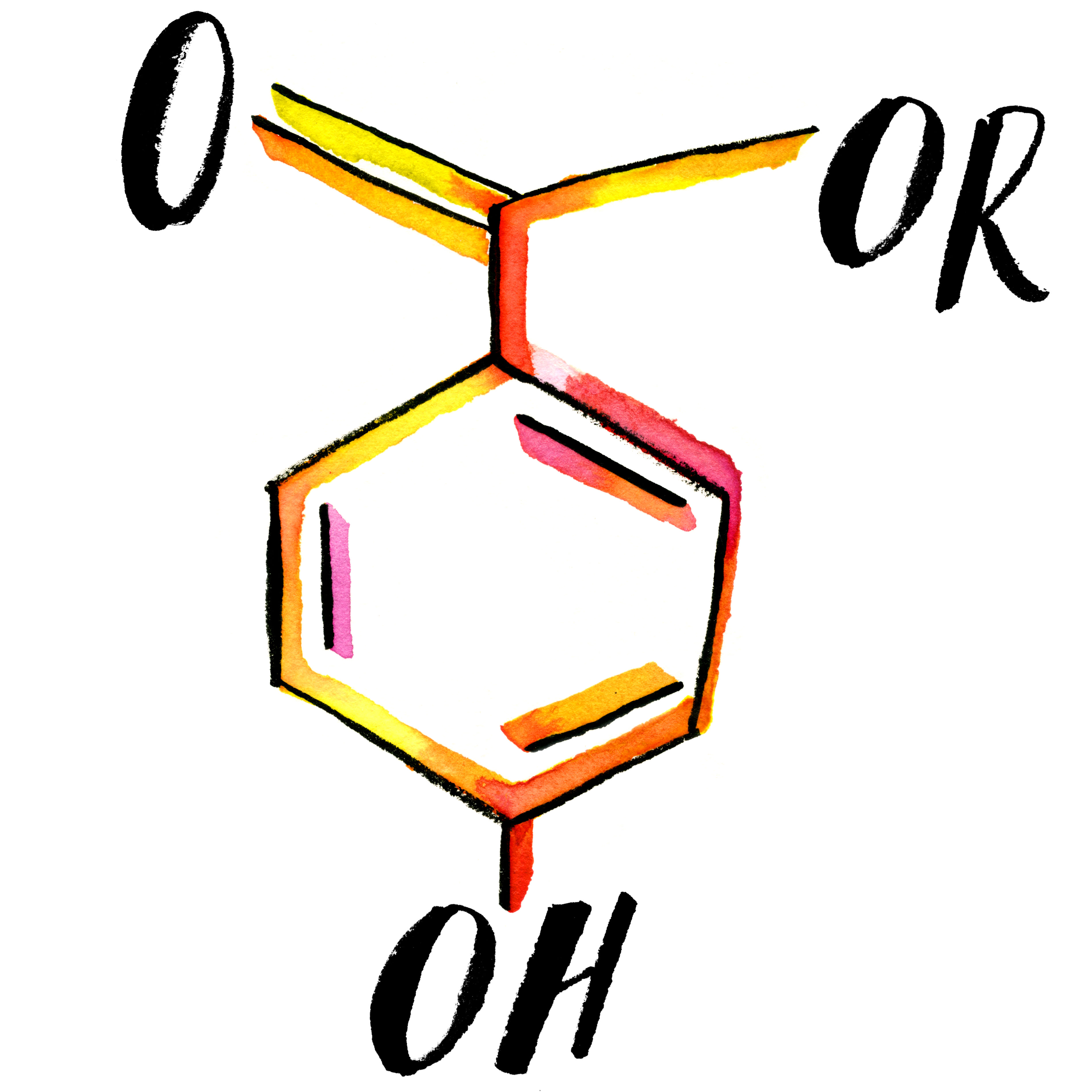Parabens, like sulfates, elicit somewhat impassioned responses. From the mouths of cosmetic chemists, parabens are safe, but more and more niche brands are claiming “paraben-free,” touting it with natural and organic, creating an aura of a cleaner, healthier product.The chemical realm of cosmetics can be messy and complicated to the consumer when unpronounceable ingredients pile up. So, what to believe? And more importantly, what to buy?
Before we get too heated here, let's get the definitions out of the way. Parabens, in the simplest terms, are preservatives. They're the stuff that keeps your makeup fresh and free from having to keep a mini fridge just for your foundations. Essentially, anywhere there’s water, you’ll likely find a paraben, said Perry Romanowski, an independent cosmetic chemist formerly with Alberto Culver (manufacturer of products such as Nexxus, St. Ives, Simple, Noxema, and Trésemme).
“I would say that cosmetic products are all prone to be contaminated with microbes like bacteria, mold, and fungi that can cause diseases,” Romanowski said. “To make sure products stay fresh, we need to include preservatives to kill them. One of the more effective types of preservatives, particularly against bacteria and mold, are parabens.” There’s a common misconception among consumers that the umbrella term “paraben” is one ingredient, when, really, there's a list of parabens. The most commonly found in cosmetics include methyl- and propylparabels.
More than a decade ago, a study was published in the Journal of Applied Toxicology claiming a link between parabens and breast tumors, due to estrogen-like properties attributed to parabens. But not everyone was convinced. “The impact of the study was way overblown,” Romanowski said. “The study was not done in a scientifically rigorous way in that did not have a control group in it. They found parabens in non-cancerous breast tissue, too. Really, what that study said was that there should be more studies done.” In turn, the Cosmetic Ingredient Review, an independent panel of cosmetic chemists, and the Scientific Committee on Consumer Products reinvestigated parabens but found no harm or cause for alarm. Though it is notable that some countries in the EU have placed restrictions on some parabens, to which Romanowski had to add: “Butylparabens and isopropylparabens have demonstrated greater safety risks, but again, these are not commonly used parabens.” The most commonly used variations, methylparaben and propylparaben, have no restrictions on them at the moment and are deemed as safe for use in ingredients up to 25 percent—though concentrations are often as low as 0.01 to 0.3 percent.
While realized for their efficacy in preserving and keeping products safe, the one issue specific people might have with parabens lies in irritation. Ginger King, cosmetic chemist and founder of Grace Kingdom Beauty in New York, says avoidance of parabens should be contingent on your skin type. Similar to allergy tests, King said “stinging tests” are performed in Asia, testing parabens for intense stinging effects. “Asian skin, in general, is more sensitive,” King said. “For a lot of big brands, their people cannot use their products because of parabens, namely methylparabens.” Removing parabens from formulae entirely can help brands reach a wider audience.
For brand loyalists, King said parabens aren’t an issue—so, if you haven't had any adverse reactions lately, keep on keepin' on. But there's also no harm in springing for paraben-free products, if that's your bag—your skin, your choice.
Illustration by Lauren Tamaki. And now, if you're worrying about sulfates, click here to learn more about those, too.

